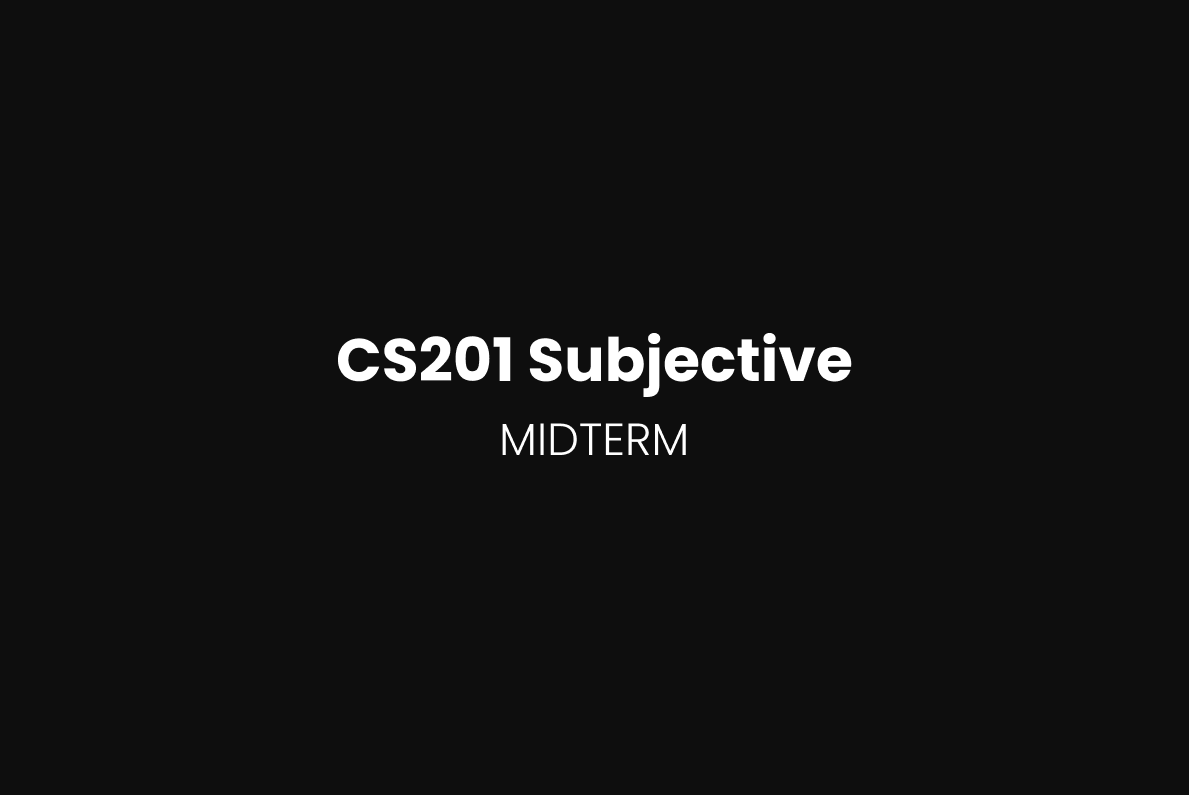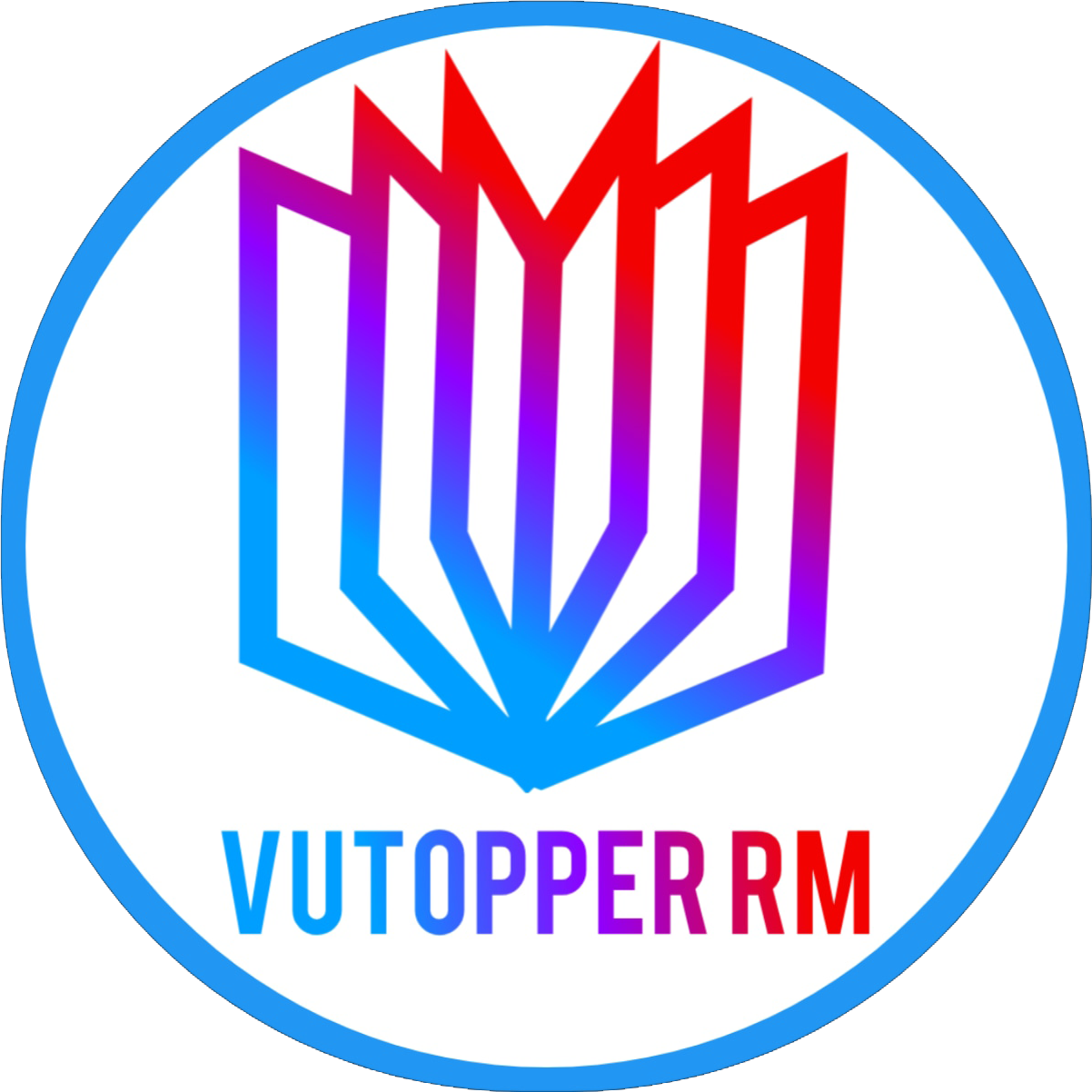
This document, titled “CS201 Subjective MidTerm by Vu Topper RM,” covers various key topics for the CS201 “Introduction to Programming” course. Here’s a summary of important topics discussed, which can be helpful for midterm exam preparation:
GPS: Understanding the functionality and importance of the Global Positioning System.
CD-ROM: Definition and usage of Compact Disc Read-Only Memory.
Types of Errors: Discusses various error types in programming, such as syntax errors, logical errors, and runtime errors.
Arrays: Explanation of arrays, a data structure used to store multiple values in a single variable.
Syntax: Rules defining the structure of valid statements in programming languages.
Loops: Different types of loops (e.g., for loop, while loop) and their usage in automating repetitive tasks.
Pointers: Introduction to pointers and their significance in memory management.
Variables: Discusses the concept of variables, which store data values for use in programs.
Functions: How functions are used to encapsulate code for reusability and modularity.
Data Types: Explanation of various data types like integers, floats, and characters.
Conditional Statements: Includes if-else conditions used for decision-making in programs.
Disk Fragmentation: Discusses how data on a disk can become fragmented and the impacts on performance.
System Software Types: Different kinds of system software, such as operating systems and utilities.
Software Types: A look into different types of software like system and application software.
Constant Pointers (Const Ptr): The concept of constant pointers and error handling.
Size of int Data Type: Information about memory allocation for the integer data type.
Structures: Structures as a collection of different data types, used for grouping related data.
Post-increment (X++): Describes post-increment operations in programming.
TWAIN Drivers: Explanation of TWAIN, a standard software protocol for scanners and other devices.
End of String Character: Discusses the null character used to terminate strings in C/C++.
Three Types of System Software: Identifies and describes different system software types.
Non-loop Constructs: Examples of constructs that aren’t loops and how they are used in programming.
Translator: Defines what a translator is in programming and provides examples, such as compilers and interpreters.
Switch Statement: How to convert an if-else structure into a switch statement.
Program Evaluation Techniques: Why programs are evaluated and methods for evaluation.
Unconditional Branch: Discusses unconditional branches, like the goto statement.
Two-Dimensional Arrays: Syntax for declaring two-dimensional arrays in programming, particularly with float data types.
This document can be a handy guide for students revising for the midterms, focusing on these key areas to better understand programming fundamentals


Leave a Reply